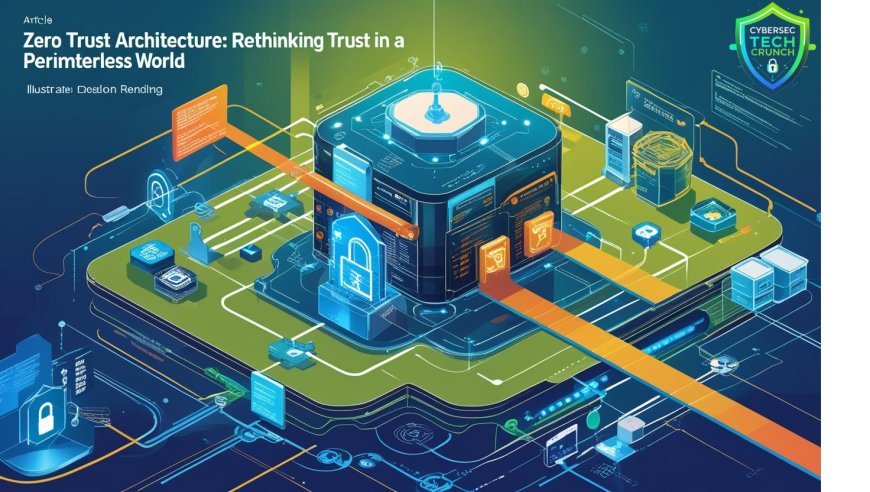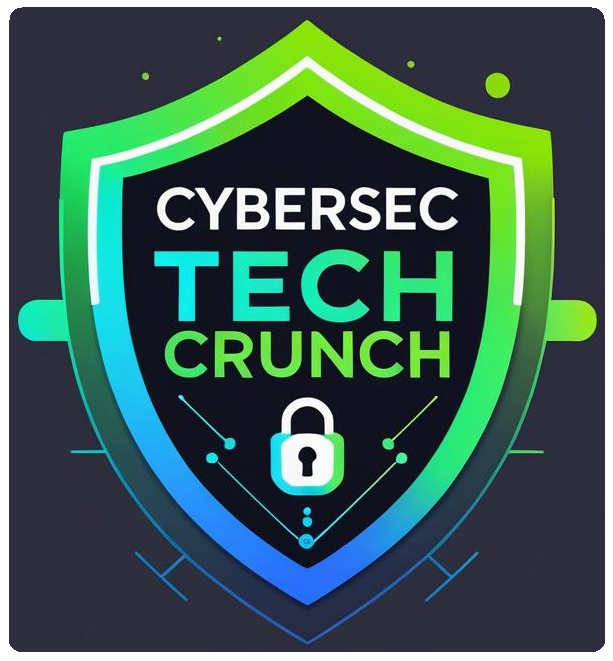Zero Trust Architecture: Rethinking Trust in a Perimeterless World

Zero Trust Architecture: Rethinking Trust in a Perimeterless World
In the past, cybersecurity was simple: build a strong perimeter, keep the bad guys out, and trust everyone inside. But as the digital world has evolved-along with remote work, cloud computing, mobile access, and increasingly sophisticated cyber threats-that old model has collapsed. Enter Zero Trust Architecture, a model that fundamentally redefines how we approach digital security. It’s not about who’s inside or outside the network-it’s about not trusting anyone or anything by default.
Zero Trust begins with a radical yet necessary idea: assume breach. Whether a user is on the corporate network or connecting from a coffee shop halfway across the world, they must prove who they are, what they need access to, and whether their device is secure-every single time. Gone are the days of blanket access. Instead, we’re moving toward least privilege and continuous verification.
At the heart of Zero Trust is micro-segmentation. This means breaking up the network into smaller, isolated zones so that if one part is compromised, the damage doesn’t spread across the entire environment. Think of it like watertight compartments on a ship: if one floods, the rest stay dry. In practice, this limits lateral movement for attackers and makes detecting intrusions faster and easier.
Zero Trust also leans heavily on context. It doesn’t just ask, “Is this the right user?” but also, “Is this the right time, place, and device for this action?” A login attempt from an unknown device in a foreign country during odd hours will trigger alerts or be blocked outright. Real-time analytics and AI play a critical role in making these determinations intelligently, without getting in the way of legitimate productivity.
Continuous session monitoring is another core principle. Instead of authenticating a user once and assuming everything’s fine afterward, Zero Trust systems monitor behavior throughout the session. If something looks suspicious-say, a finance employee suddenly downloads gigabytes of HR data-that activity can be flagged or terminated instantly.
Of course, implementing Zero Trust is not an overnight switch. It’s a journey that involves reshaping technology, policies, and mindsets. Organizations need to inventory assets, understand data flows, modernize identity and access management, and build out strong endpoint detection capabilities. It’s a tall order, but it’s a necessary one.
Zero Trust is not about paranoia-it’s about pragmatism. In a world where threats are constant and boundaries are blurred, trust must be earned continuously, not given automatically. This isn’t just a shift in technology; it’s a cultural change. One that places security at the center of every digital interaction, without compromising speed, usability, or innovation.
The future of cybersecurity won’t be built on walls-it will be built on vigilance. Zero Trust is that new foundation.


























